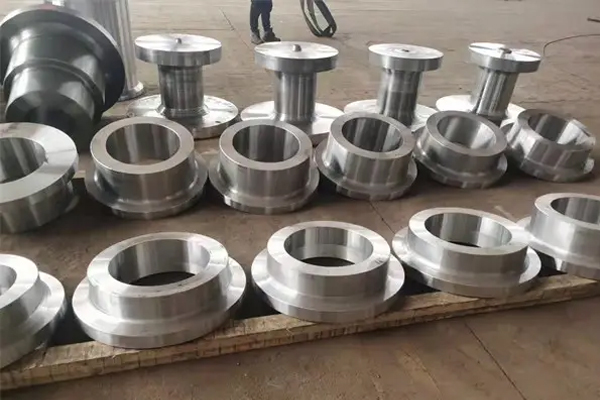The principle of forging blank selection
Forging blank processing is a process of forging production, forging blank quality, productivity level, will have an important impact on forging quality, performance, life and economic benefits of enterprises. Forging blank processing technology, equipment precision and performance determine the quality of the blank. The quality of the blank of the forging directly affects the turning machining precision, and the turning machining quality also affects the grinding accuracy and efficiency. So the choice of forging blank in the whole forging process plays a very important role, the principle of forging blank selection, should be in the premise of meeting the requirements of use, as far as possible to reduce the cost of production, so that the product has the ability to compete in the market. Next is the selection principle of forging blank, there are the following points:
1. Process principle:
The use requirements of forgings determine the shape characteristics of blank, and various different use requirements and shape characteristics form the corresponding blank forming process requirements. Forgings use requirements are embodied in the shape, size, processing accuracy, surface roughness and other external quality, and the chemical composition, metal structure, mechanical properties, physical properties and chemical properties and other internal quality requirements. For the use of different forgings, considering the process characteristics of forgings materials (such as forging performance, welding performance, etc.) to determine the use of blank forming method. While choosing blank forming method, the machinability of subsequent machining should also be taken into account. Some of the complex structure, it is difficult to use a single forming method to form the blank, not only to consider the possibility of the combination of various forming schemes, but also to consider whether the combination will affect the machinability of machining.
2. Adaptability Principle:
Adaptability principle should be considered in the selection of blank forming scheme. According to the structural shape, dimensions and working conditions of the forgings, the suitable blank scheme is selected. For example, for ladder shaft parts, when the diameter of each step is not much different, available rod; If the difference is large, it is advisable to use forged blank. Forgings of different working conditions, the selection of blank type is also different.

3. Principle of giving consideration to production conditions:
Forging blank forming scheme should be selected according to site production conditions. Field production conditions mainly include the actual process level of field blank manufacturing, equipment status and the possibility and economy of external cooperation, but at the same time, it is necessary to consider the use of better blank manufacturing method because of production development. Therefore, the blank selection, should analyze the existing production conditions of the enterprise, such as equipment capacity and staff technical level, as far as possible to use the existing production conditions to complete the blank manufacturing task. If the existing production conditions are difficult to meet the requirements, it should be considered to change the forging material and/or blank forming method, but also through outsourcing processing or outsourcing.
4. Economic Principles:
The principle of economy is to make the cost of forging materials, energy consumption, wages and other costs low. When choosing the type of forging blank and the specific manufacturing method, several pre-selected schemes should be compared economically on the premise of meeting the requirements of parts, and the scheme with low overall production cost should be selected. Generally, when choosing the type and manufacturing method of the blank, the size and shape of the blank should be close to the finished parts as far as possible, so as to reduce the processing allowance, improve the utilization rate of materials and reduce the workload of mechanical processing. But the more accurate the rough, the more difficult and expensive it is to manufacture. Therefore, when the production program is large, the blank manufacturing method with high precision and high productivity should be adopted. At this time, although the one-time investment is large, the increased blank manufacturing cost can be compensated by the reduced material consumption and machining cost. The general rule is that when a single piece is produced in small batches, free forging, manual arc welding, plate metal fitter and other forming methods can be used, and machine modeling, die forging, automatic submerged arc welding or other methods can be used in batch production.